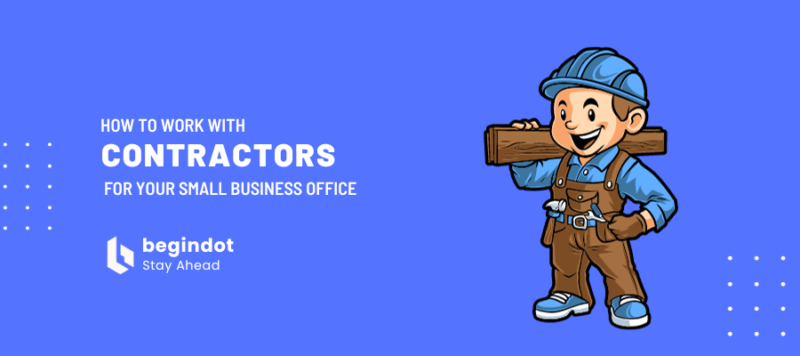User Interface (UI) design is all about the look and layout of a digital product. It’s the process of designing interfaces with a focus on aesthetics — from color palettes to typography.
UI Designers create all the interactive elements that we engage with on our screens, aiming to forge a connection between user and tech through visually pleasing design elements.
Meanwhile, User Experience (UX) design focuses on optimizing the end-to-end experiences users have with products, systems, or services.
It’s all about nailing usability to ensure everything is intuitive and enjoyable – from navigation through an app to the sensations felt when clicking a button. Great UX design seamlessly guides users without drawing attention to itself.
When using websites and apps for studying, both the UI and UX design can massively impact the online learning experience – as we shall see.

Boosting Learner Engagement
Whether you’re looking for a phlebotomist certification so that you can start a medical career drawing blood – which you can find out more about at Prism Career Institute – or you’re wanting to study a foreign language online to up your international sales game, the UI and UX design of the learning platform you use can make a huge difference.
A stellar UI/UX design plays a pivotal role in cranking up engagement levels in online learning platforms. When you’re dealing with digital education, the interface is the classroom – so it’s got to be as engaging as that one teacher who could make even paint drying sound riveting.
A rock-solid design merges aesthetics with functionality to create a compelling virtual environment that snags the learner’s attention and keeps them glued to the content.
Think intuitive layouts, crisp graphics, and interactive elements that transform passive scrolling into active learning.
By ensuring users can navigate courses effortlessly and actually enjoy interacting with study materials, effective UI/UX can turn what could’ve been a snooze-fest into an epic binge-learning session.
Simplifying Learning Paths
Nailing the UI/UX in online learning is like giving students a GPS for their education journey – it points out the most direct route and keeps them from getting lost.
A prime function of adept design here is to declutter the user’s path. By organizing content logically, with intuitive menus and clear calls to action, students can progress without hitting frustrating roadblocks or dead ends.
Imagine smooth drop-downs, straightforward progress trackers, and uncluttered pages that make absorbing new info as simple as pie (and who doesn’t love pie?).
Essentially, crisp UI/UX cuts through the chaos, ushering learners along a streamlined path where they spend less time figuring out navigation and more time conquering subjects like champs.
Enhancing Accessibility and Inclusivity
Let’s chat about how a top-shelf UI/UX design turns the virtual learning space into a playground that welcomes everyone, no matter their tech know-how or physical abilities. Think of it this way: great design is like building ramps alongside stairs – it ensures nobody’s left out.
When UI/UX designers ace their game, they make sure content is reachable for all by incorporating features like adjustable text sizes, contrasting color schemes for readability, and closed-captioning for videos.
This isn’t just good manners; it’s smart design that opens up learning to folks with visual or auditory impairments, not to mention different learning styles and preferences.
In other words, solid UI/UX makes online education not just a one-size-fits-all deal but tailored threads that fit everybody just right.
Fostering Consistency and Confidence
Lastly, effective UI/UX design fosters consistency and confidence.
Stitching together a consistent interface is like creating a signature tune that gets stuck in your head—in a good way. Consistent design elements across all pages make it so much easier for learners to get into a groove since they aren’t constantly tripped up by new layouts or unpredictable navigational cues.
By keeping interactions uniform—same button styles, color-coded modules, and familiar icons—users build muscle memory and confidence zips up.
They can then channel their brain power into mastering quadratic equations or the nuances of Shakespearean prose instead of figuring out where the heck the next button wandered off to.









